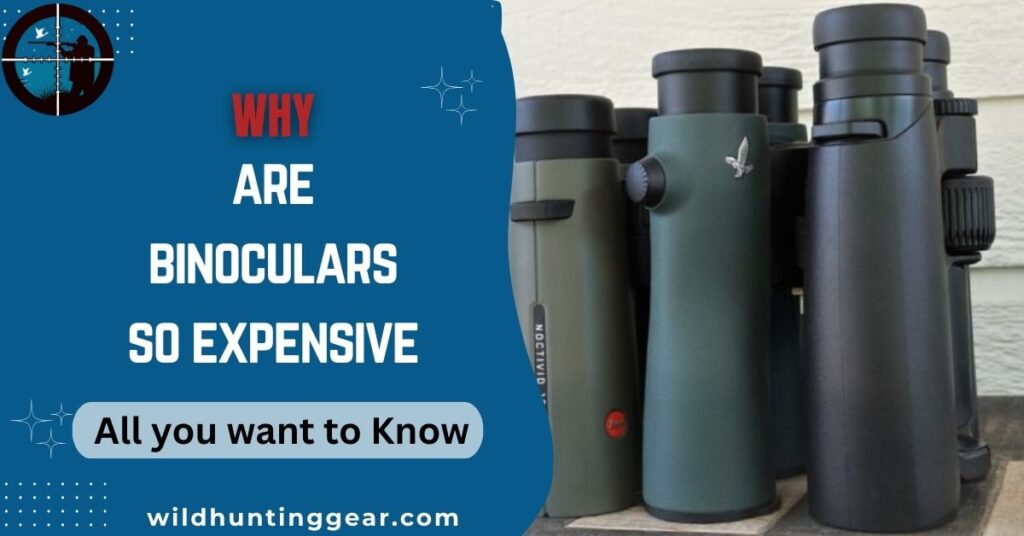Binoculars have come a long way since their invention in the 17th century, evolving into an essential tool for outdoor enthusiasts, birdwatchers and stargazers alike. With countless options in the market, ranging from budget-friendly to premium models, one might wonder what justifies the high price tags on some of these optical instruments.
In this comprehensive article, we will explore the various factors that contribute to the cost of binoculars, delving into materials, quality, brand recognition and technological advancements.
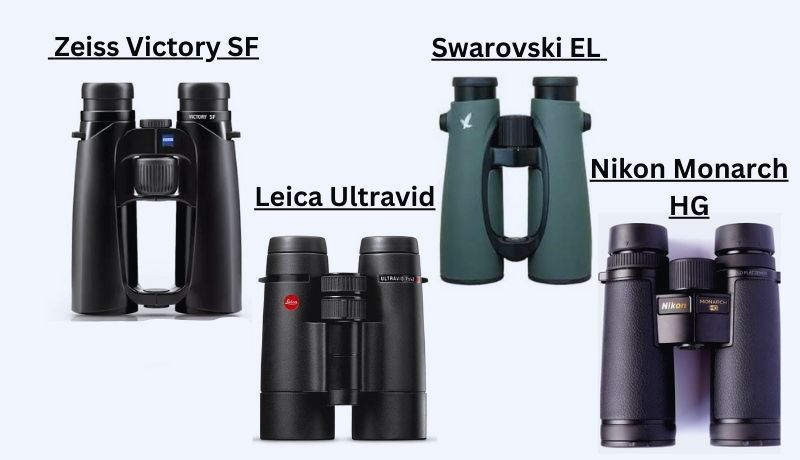
Understanding the Basics: Types and Purposes of Binoculars
Before we dive into the reasons behind the high prices, let’s first define the different types of binoculars and their intended uses:
Types of Binoculars
● Compact Binoculars: Lightweight and portable, these binoculars take up less space and are ideal for travel or quick observations.
● Full-Size Binoculars: Offering more powerful optics and better performance in low light conditions, these binoculars are preferred by professional birdwatchers, hunters and outdoor enthusiasts.
● Zoom Binoculars: Equipped with a variable magnification feature that allows users to adjust the zoom according to the distance of
the observed object.
Features and Specifications of a Binoculars
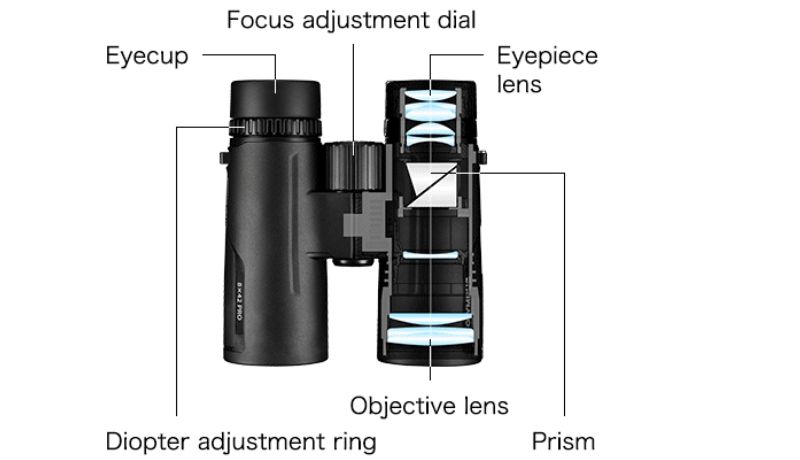
The cost of a pair of binoculars is often affected by several key features and specifications, such as:
- Optical Components: The quality of lenses, prisms and coatings play a crucial role in the image clarity and overall performance of the binoculars, with higher quality components resulting in a higher price.
- Technological Advancements: The incorporation of advanced technologies like image stabilization and cutting-edge features adds to the overall cost.
- Design and Construction: High-quality materials, durability, impact resistance and comfort all influence the price.
- Brand Reputation: Well-known brands often have higher prices due to their established reputations and perceived quality.
- Research and Development Costs: As manufacturers invest in innovation and technology, these expenses contribute to the final product cost.
- Market Forces: Supply and demand dynamics, as well as competition amongst manufacturers, can impact binocular prices.
- Customization and Specialized Features: High-end binoculars with specialized features for activities like birdwatching or astronomy tend to have higher prices.
- Maintenance and After-Sales Support: Reliable customer support and warranty services can be factored into the overall cost.

Delving into the Reasons Behind High Prices
Now that we have a better understanding of the different types of binoculars and factors influencing their costs, let’s delve deeper into these aspects to understand why some binoculars carry such high price tags.
Optical Components
High-quality lenses and prisms directly impact the clarity and brightness of the images produced. Premium glass materials like extra-low dispersion (ED) and high-density (HD) glass lead to improved color fidelity and reduced chromatic aberration. Moreover, specialized coatings on the lenses and prisms enhance light transmission and reduce reflection, resulting in better image quality. For instance, the Swarovski EL 42 binoculars, priced at around $2600, boast premium glass materials and coatings that contribute to their high-resolution performance.
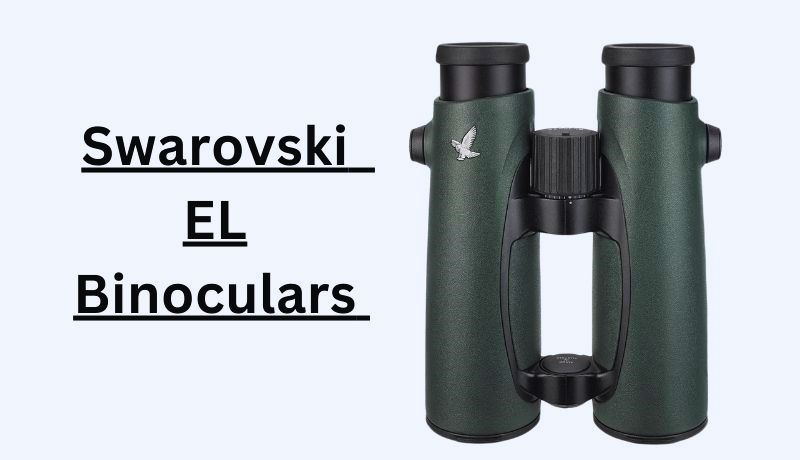
Technological Advancements
Incorporation of advanced features and technologies like image stabilization, ultra-low dispersion glass and phase-corrected prisms can significantly increase the cost of binoculars. For example, the Zeiss Victory SF binoculars, priced at approximately $2700, utilize state-of-the-art technologies like field flattener lenses and LotuTec coating for superior image quality.
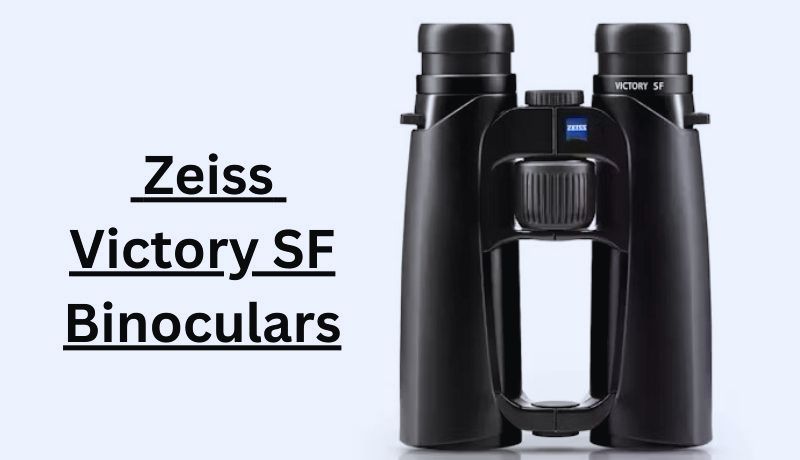
Design and Construction
High-end binoculars often use premium materials like magnesium or titanium in their construction to make them more lightweight, durable and impact-resistant. These materials come at a higher cost, contributing to the overall price. Additionally, ergonomic design and comfort features like rubber armoring, adjustable eyecups and focus wheels also add to the cost of binoculars. The Leica Ultravid HD-Plus binoculars, priced at around $2300, are known for their robust construction and comfortable handling.
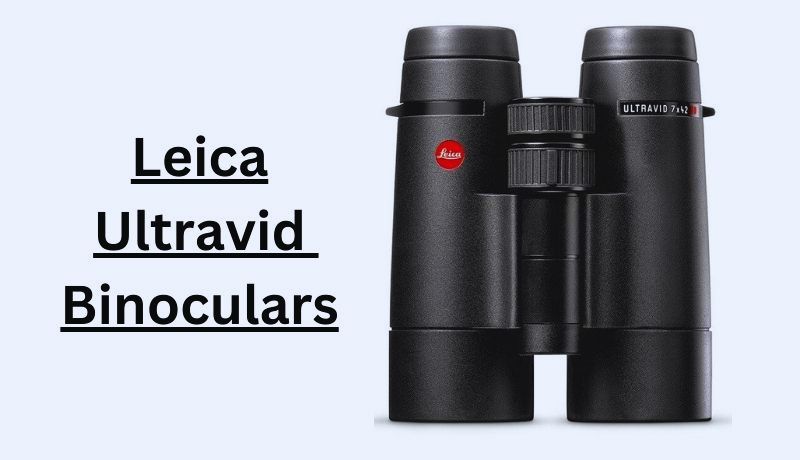
Brand Reputation
Well-established brands often carry a premium price tag due to their reputation for producing high-quality optical instruments. These brands invest in research, development and innovation to maintain their status, which results in higher costs passed onto the consumer. The Nikon Monarch HG binoculars, priced at approximately $1000, are a popular choice amongst birdwatchers and outdoor enthusiasts due to the brand’s trusted reputation.
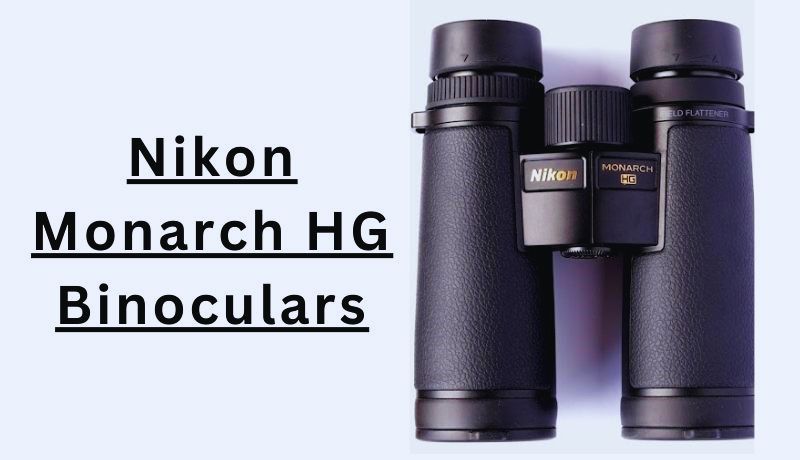
Market Forces
The supply and demand dynamics in the market can also influence the price of binoculars. A limited supply of high-end products and a high demand for them can lead to inflated prices, especially for specialized or niche products. This is evident in the pricing of Leica Noctivid, which sells for around $2500 and is highly sought after by serious birders.
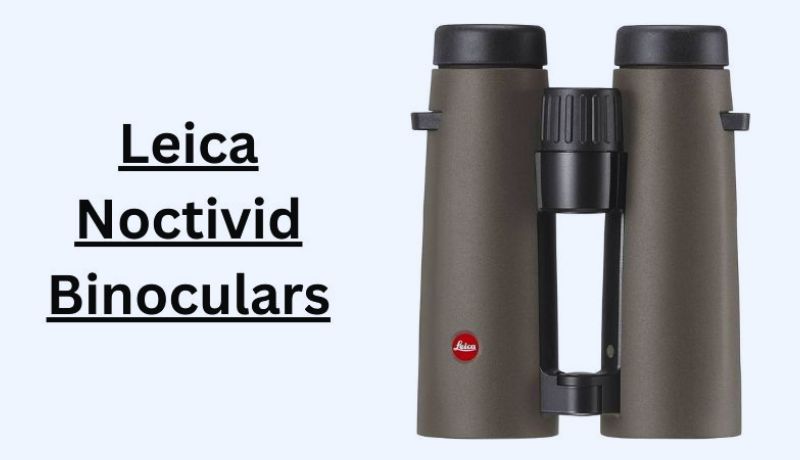
Customization and Specialized Features affect Binocular Price
Binoculars with customized or specialized features tailored for specific activities or professions command a higher price in the market. These tailored features could include waterproofing and fog-proofing for marine applications, extra-wide fields of view for birdwatching and high magnification power for astronomical observations.
These binoculars often incorporate specific lens coatings and prism types to enhance image quality for the specific intended use, which adds to the manufacturing cost.
For example, the Canon 18×50 Image Stabilization All-Weather binoculars, priced at around $1400, come with an image stabilization feature ideal for birdwatching and hunting, justifying their higher price tag.
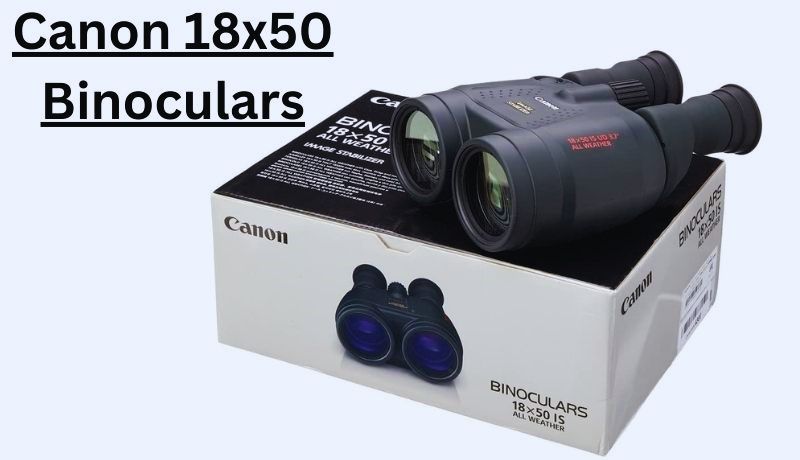
Maintenance and After-Sales Support
Quality after-sales support and maintenance services are integral to the overall worth and cost of high-end binoculars. Manufacturers who offer extensive warranties or guarantee services provide assurance of the product’s longevity and reliability, warranting a higher price. These services might include free repairs, part replacements, or even product upgrades, which are essential in maintaining the performance and lifespan of the binoculars.
For instance, brands like Steiner provide a ‘Heritage Warranty’, ensuring repairs or replacement for the lifetime of the product, thus adding perceived value and justifying the premium pricing.
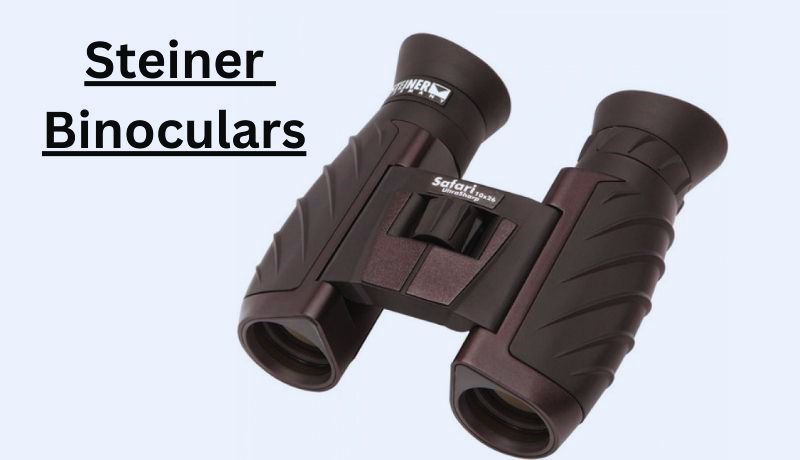
Conclusion:
The high price of binoculars can be attributed to a variety of factors such as advanced technology and high-quality materials. It is important for buyers to carefully consider their needs and budget before making a purchase. While it may seem daunting at first, investing in a quality pair of binoculars will ultimately lead to a more enjoyable and successful hunting experience.
With the right pair, hunters can track game with precision and accuracy, giving them a competitive edge in the field. So next time you’re considering purchasing binoculars, remember that sometimes spending a little extra money upfront can save you from having to buy multiple lower-quality pairs in the long run. Don’t let the price tag discourage you, think of it as an investment into your passion and hobby as a hunter. So go ahead and splurge on those top-of-the-line binoculars and see just how much of a difference they can make on your next hunting trip.
